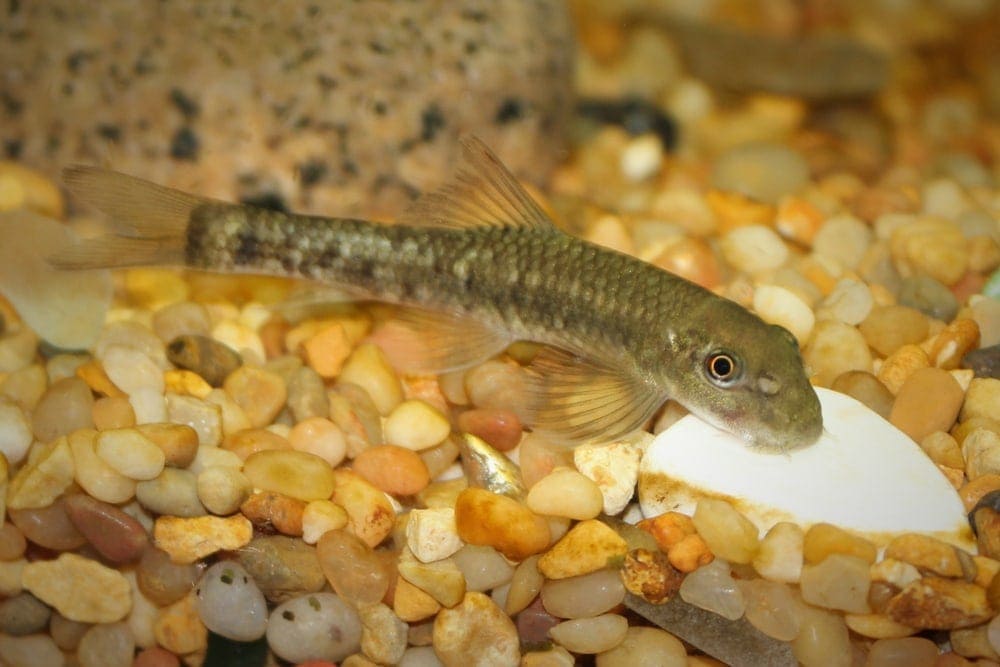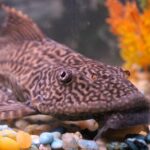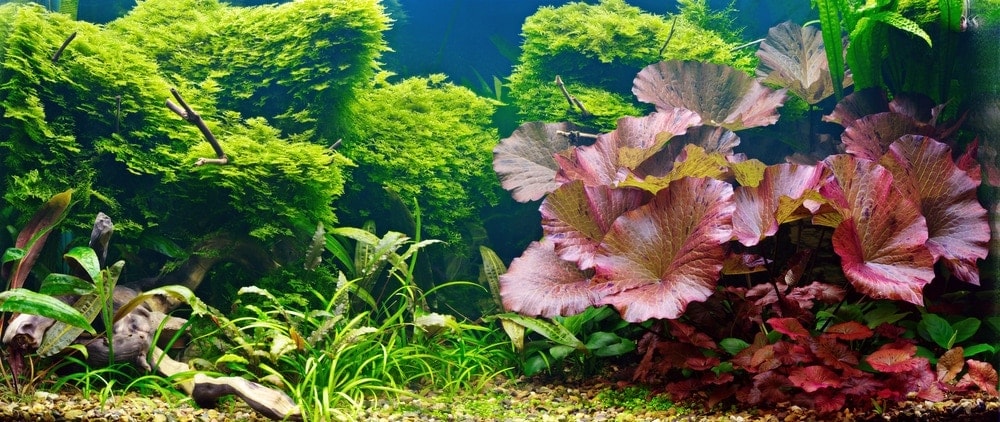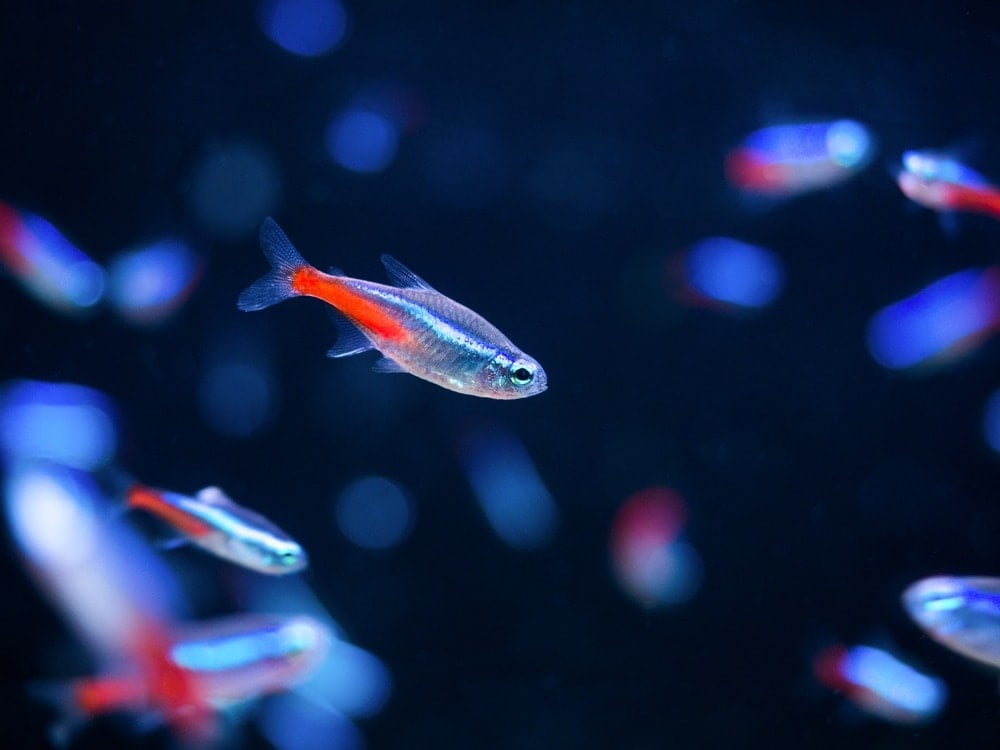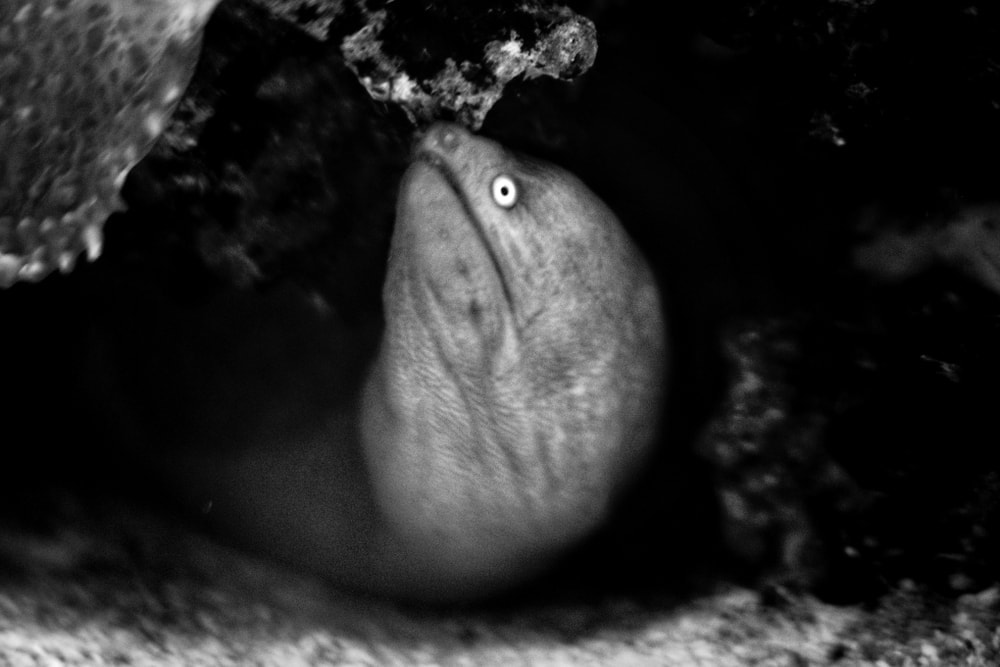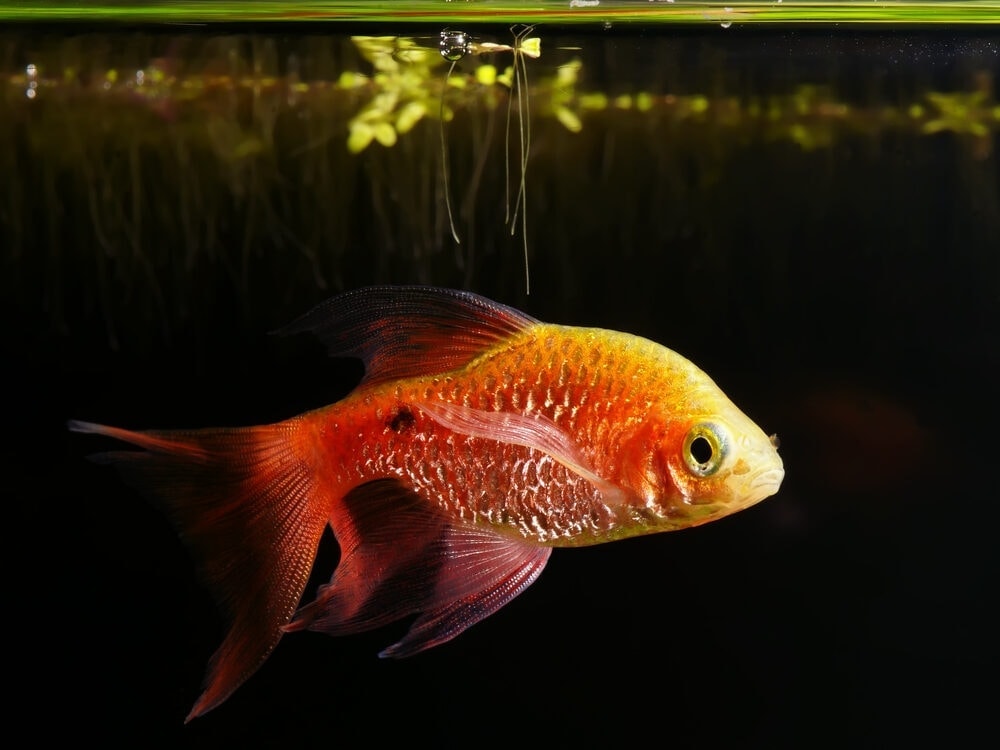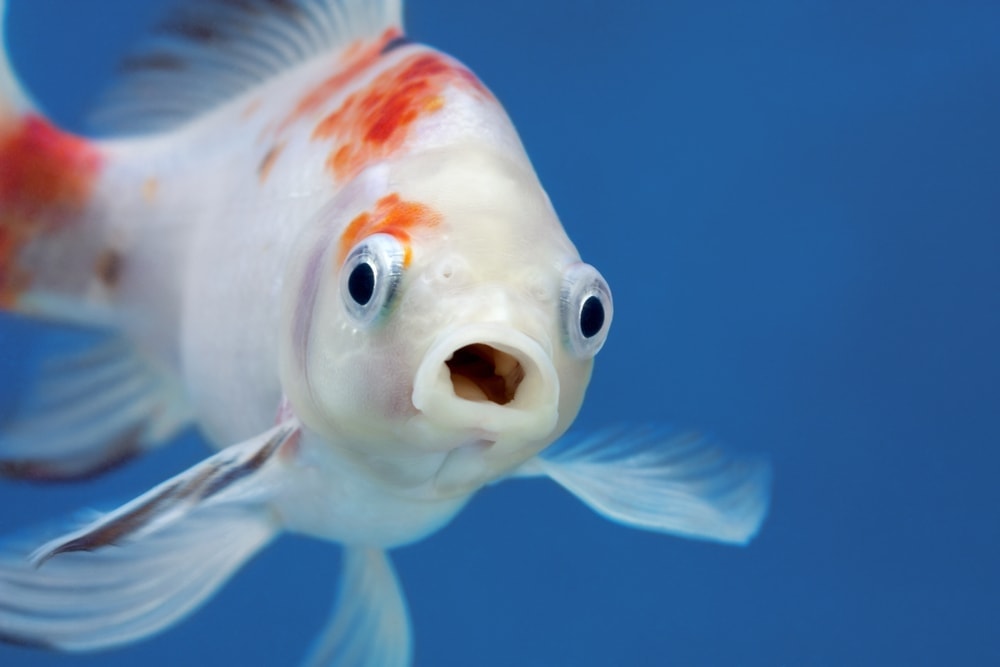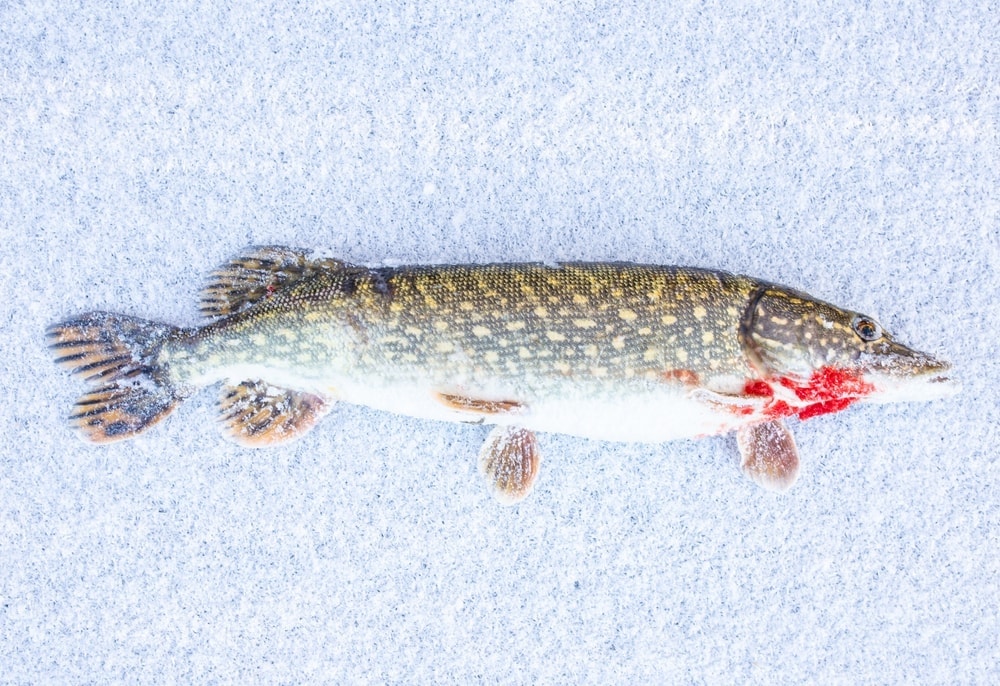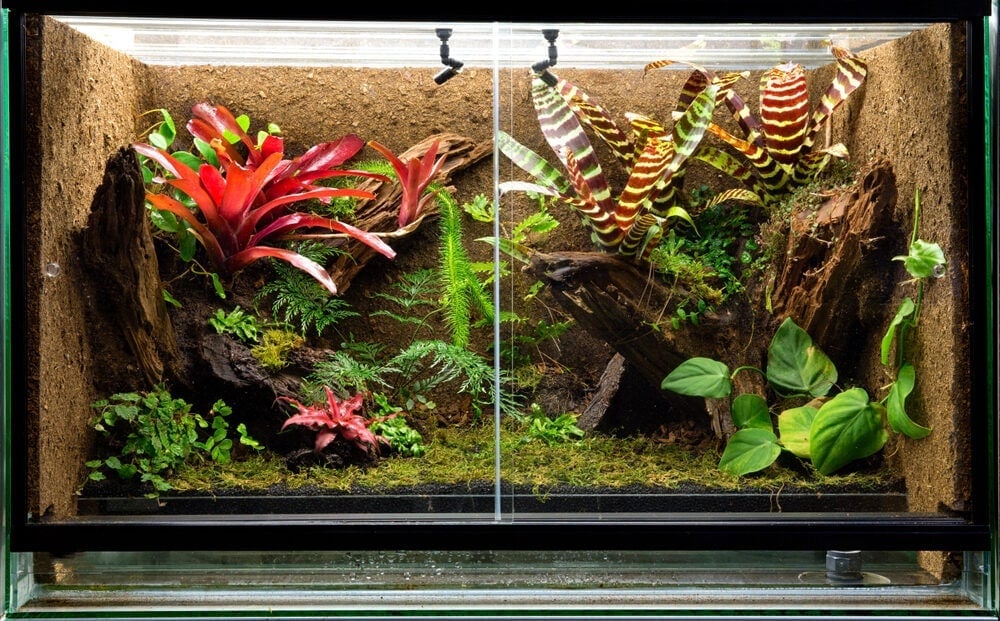Apart from aquarium cycling, there are other natural ways that you can adopt to help reduce ammonia in your fish tank.
Bottom Dwellers not only add to the aesthetic beauty of your aquarium but also help to clear the bits of food that may decompose in the substrate and end up producing ammonia.
The bottom feeder fish is also known as the cleaner fish, so we’ve compiled a list of five different bottom feeders that you could adopt for your aquarium.
Characteristics of a bottom feeder
Sucker mouths: some types of bottom feeder fish have the suction cup type of mouth which is necessary for latching on to surfaces as they feed on biofilm or algae. The mouths are round which makes them easy to attach to a surface even if the waters are moving fast. This characteristic is common in the Oto cats and the plecos.
Inferior mouth: the location of the mouth of some fish makes them suitable to feed at the bottom, it is thus located at the bottom of the fish’s body to enable it to scavenge for some of the leftover delicacies that might have dropped from the surface. And though their mouth is located at the bottom of their bodies their eyes are in their normal place to keep watch of incoming danger.
Body Shape: another simple method of distinguishing a bottom feeder is by the structure of their body, you will notice that they have a flattened ventral region; in fact, it would be extremely hard to tell if it is indeed a fish. This type of body shape allows them easy movement along the bottom, however not all bottom feeders feature an extremely flattened ventral region.
Barbels: how cool can it be if you could test food before actually putting it inside your mouth. Well, some types of bottom feeders are lucky as they have fleshy whiskers (barbels) close to their mouths. The fleshy whiskers have tasting cells and are very sensitive to touch, so if there is any food particle close to the fish’s mouth, the barbells will taste them and if the fish likes it, then it will proceed to feed on it.
Top 5 Bottom Feeder fish
1. The Zebra Loach

The zebra loach derives their name from the stripes on their bodies; they are not aggressive and are very playful to the extent of getting into schools with the other types of loaches. Zebra Loach is very territorial and will compete for space if paired with the cory catfish. They have also been found to be nocturnal except for the Zebra Loach.
But they do love to hide behind plants or under the rocks from time to time, you should, therefore, ensure that their environment has these characteristics in plenty. Do not incorporate a jagged substrate because the Zebras might try to burrow beneath it and get hurt in the process.
The Zebra loach also has a long lifespan and will give you a clean 10years if well taken care of, and apart from scavenging for the tasty substrate treats they also love eating snails.
2. Yoyo Loach
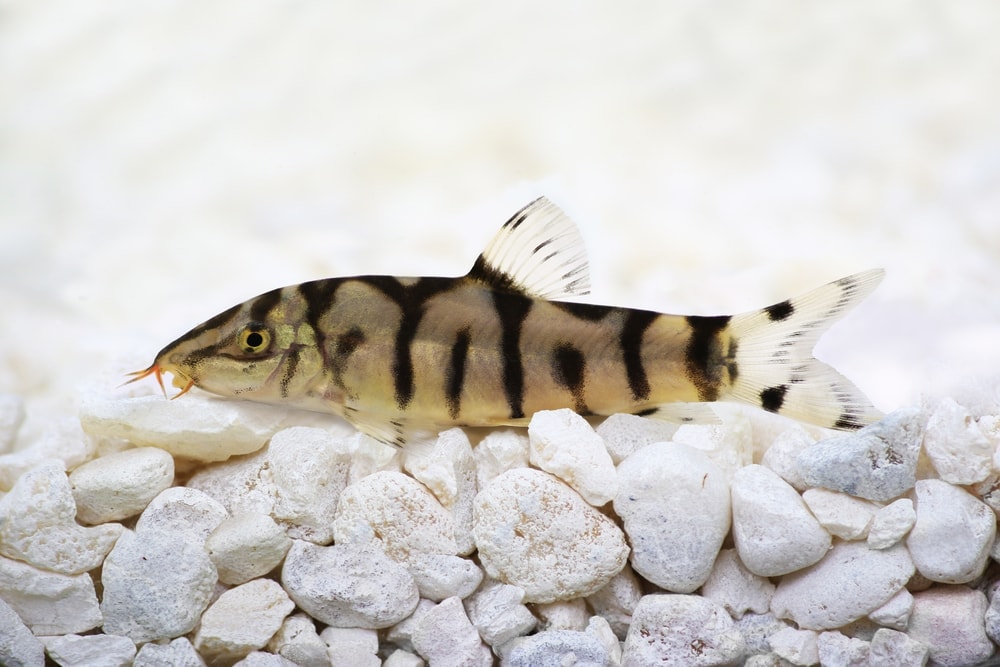
See the peculiar markings on the fish below that is where it derives its name from. So apparently, the patterns represent letters y and o thus yoyo. Among the loach family, Yoyo’s are the friendliest given their interest in playing with their keepers, and they also like moving in gangs, so it is best to pair them with fishes of the same temperament.
Too timid fish will be harassed by the yoyo and the very aggressive types of fish will also get into trouble with the Yoyo. They are the nocturnal type of loach that loves burrowing in the substrate and when they feel like, they will hide under the substrate, so it would be best if you used soft textured substrate in your fish tank.
Yoyo Loach munches on different types of food, such as the algae, snails, brine shrimp, insects, and blood worms. With the correct environment, the loaches can give you between 10 to 15 years of pleasurable company.
3. Cory Catfish
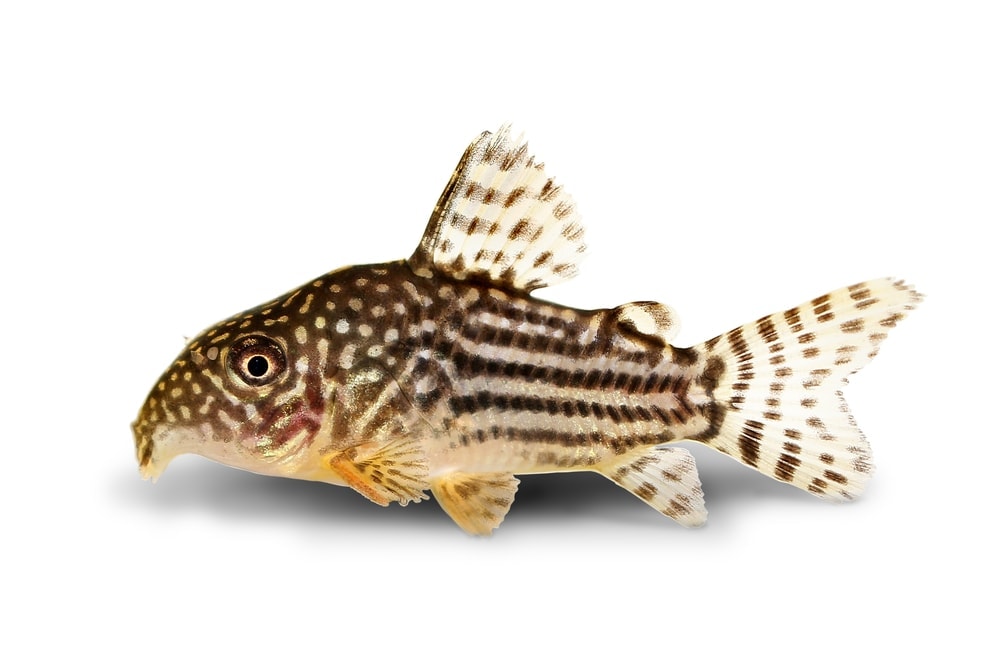
The Cory bottom feeder fish has a very docile temperament and will not fight back to defend itself, they will however not give you a hard time if you decide to keep them. And when you have decided that you want them for your aquarium, invest in a good number because they enjoy each other’s company. So getting one may lead to stress.
If you keep a close eye on them during the day, you will be entertained with their synchronized swimming and you will also notice that they are visibly happy and contend. When keeping Cory it would be best to use sand or gravel.
Cory’s come from a large family some of which are the pygmy, panda, albino, julii, and sterbai among others.
4. Bristlenose Plecostomus
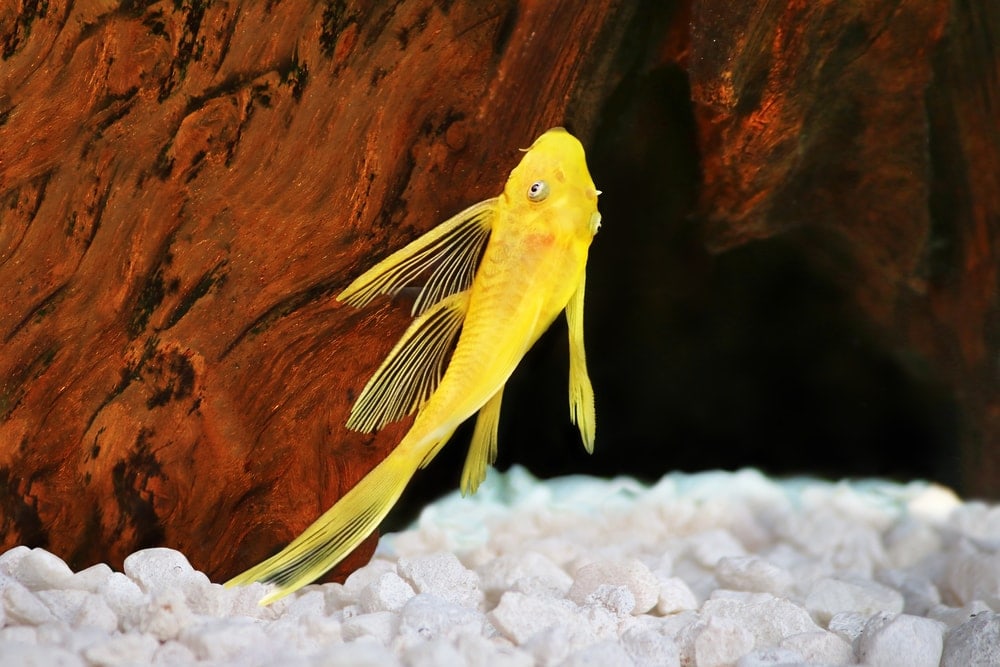
Apart from being a good bottom cleaner, the Bristlenose has a very interesting look, almost scary. Even more interesting is that this type of fish has a docile temperament, well that does not resonate with its elaborately tendriled face. They will scheme for algae but also love their plant-based diet, they are rarely seen during the day but very active at night.
Therefore, ensure to provide them with enough hiding places because they tend to keep off during the day to protect their sensitive barbels. Dietary supplementation wouldn’t be a very bad idea for the plecos and you can, therefore, get for them some commercial food from the pet store.
5. Twig Catfish
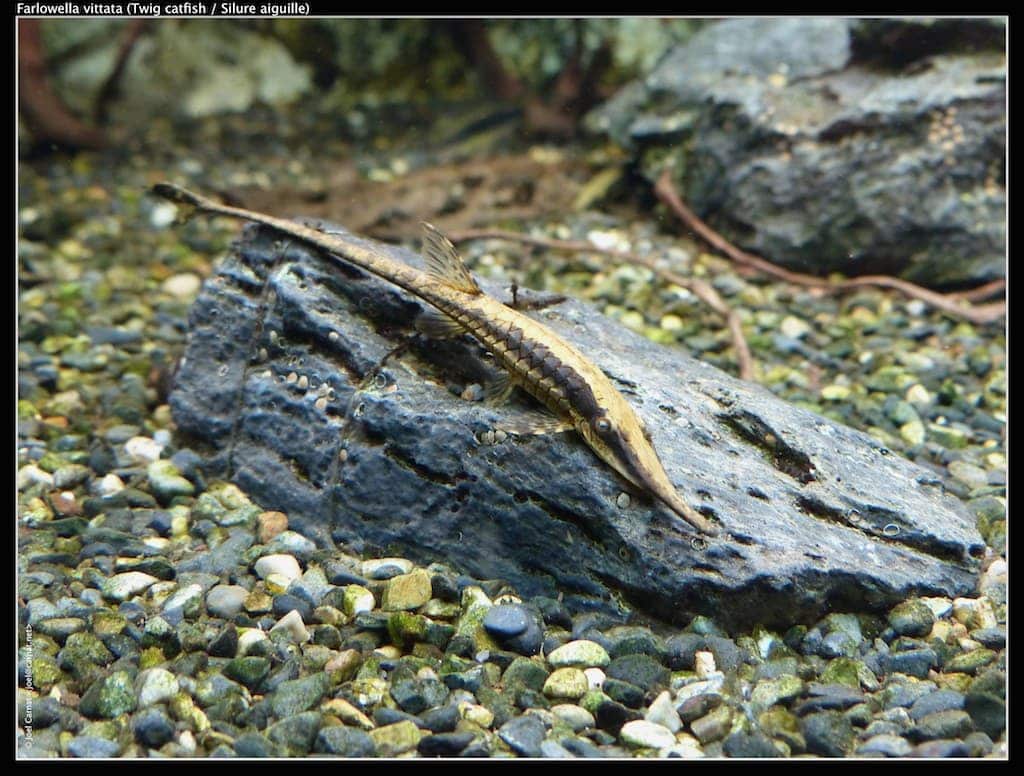
The Twig catfish just like its name doesn’t like moving around and would rather remain attached to a surface like a twig. Wonder how they move, well they don’t like attention, which I suppose is for their safety and will thus flit over to a different surface when they want to move. They are not territorial and will not fight back so be careful when picking compatible fish.
Their home environment shouldn’t be much of a concern however, ensure that the water is clean most of the time. They are a very sensitive type of fish, which makes it hard for them to live their full shelf life, but if they do manage to live then just know you will have a whole decade of their company.
